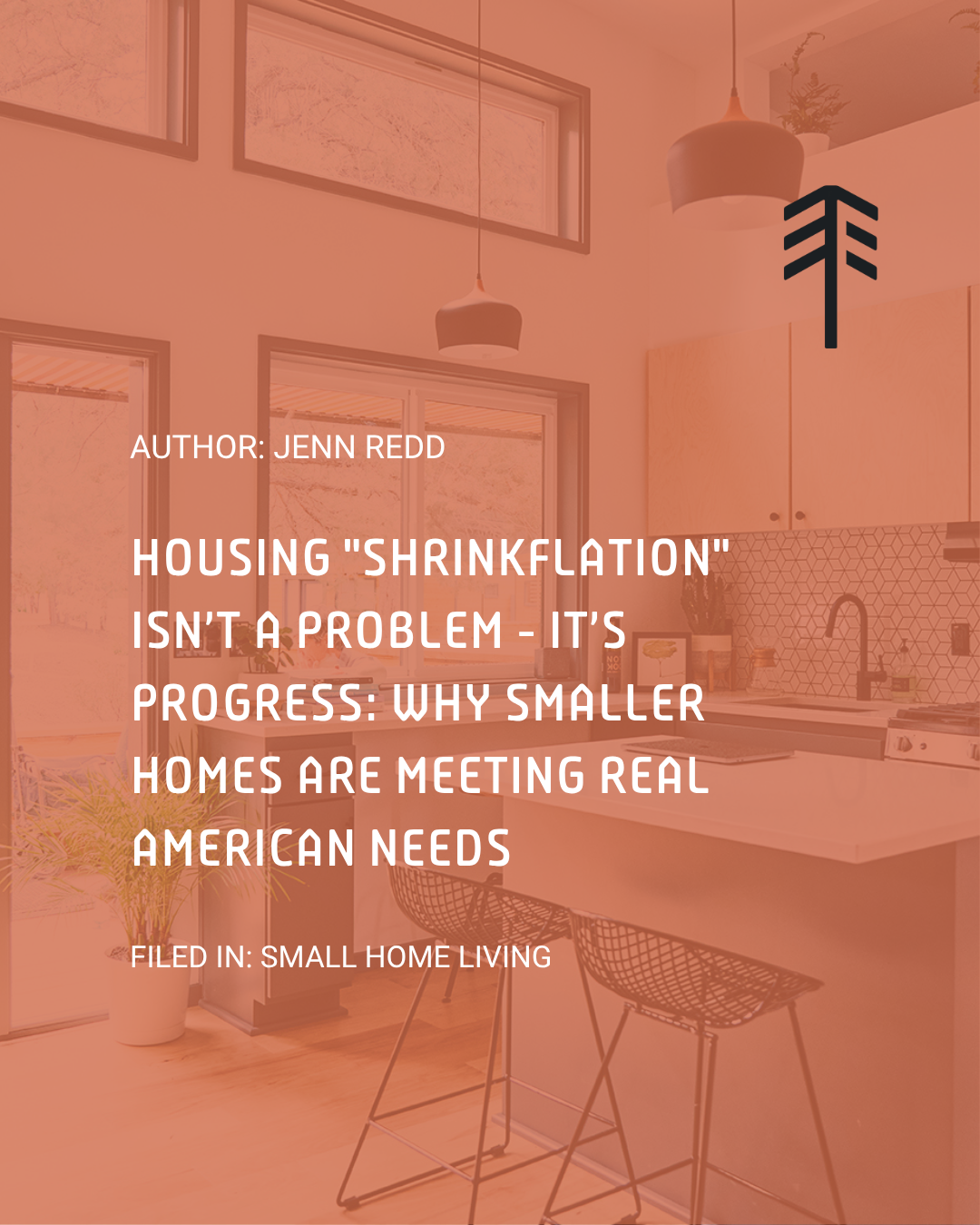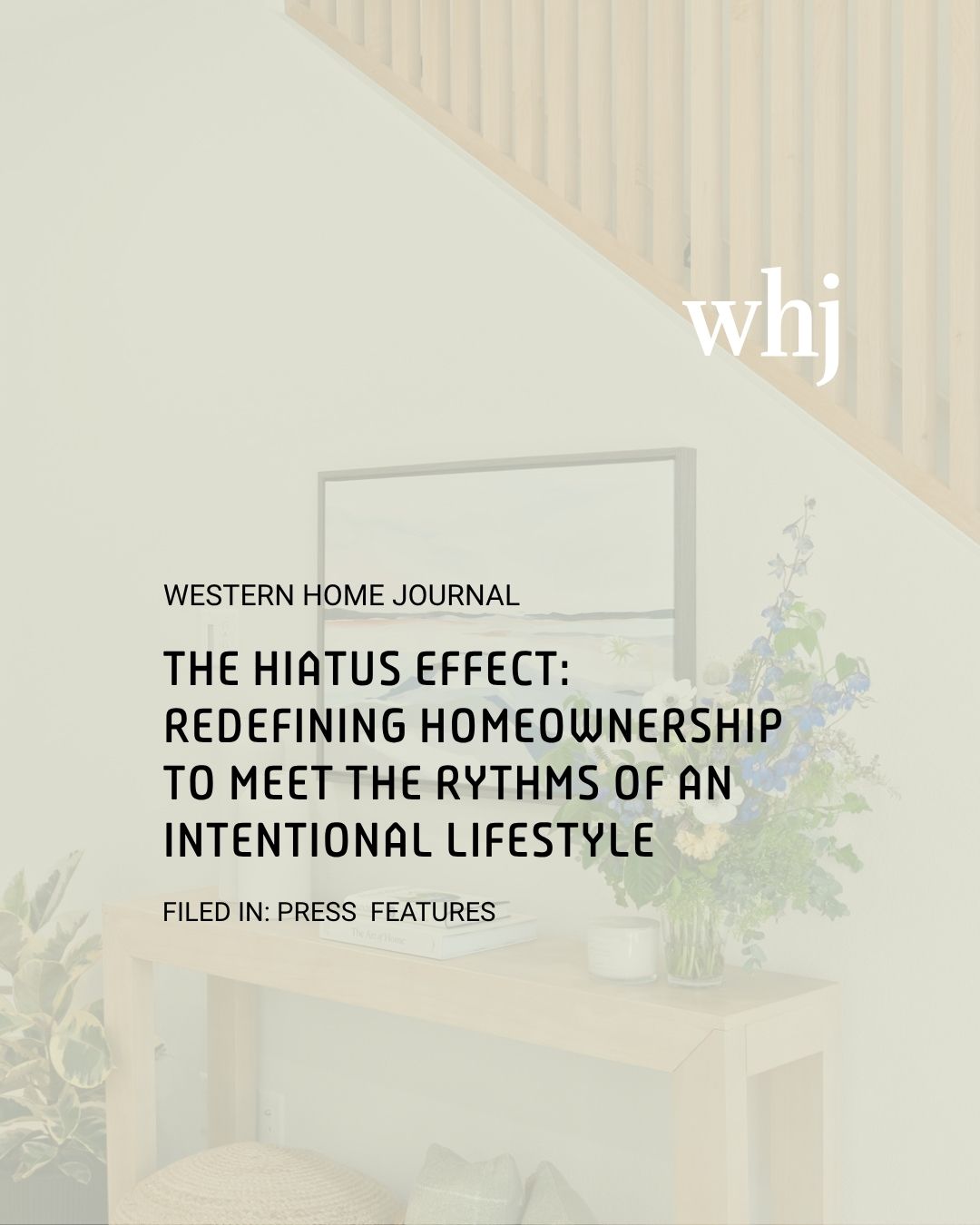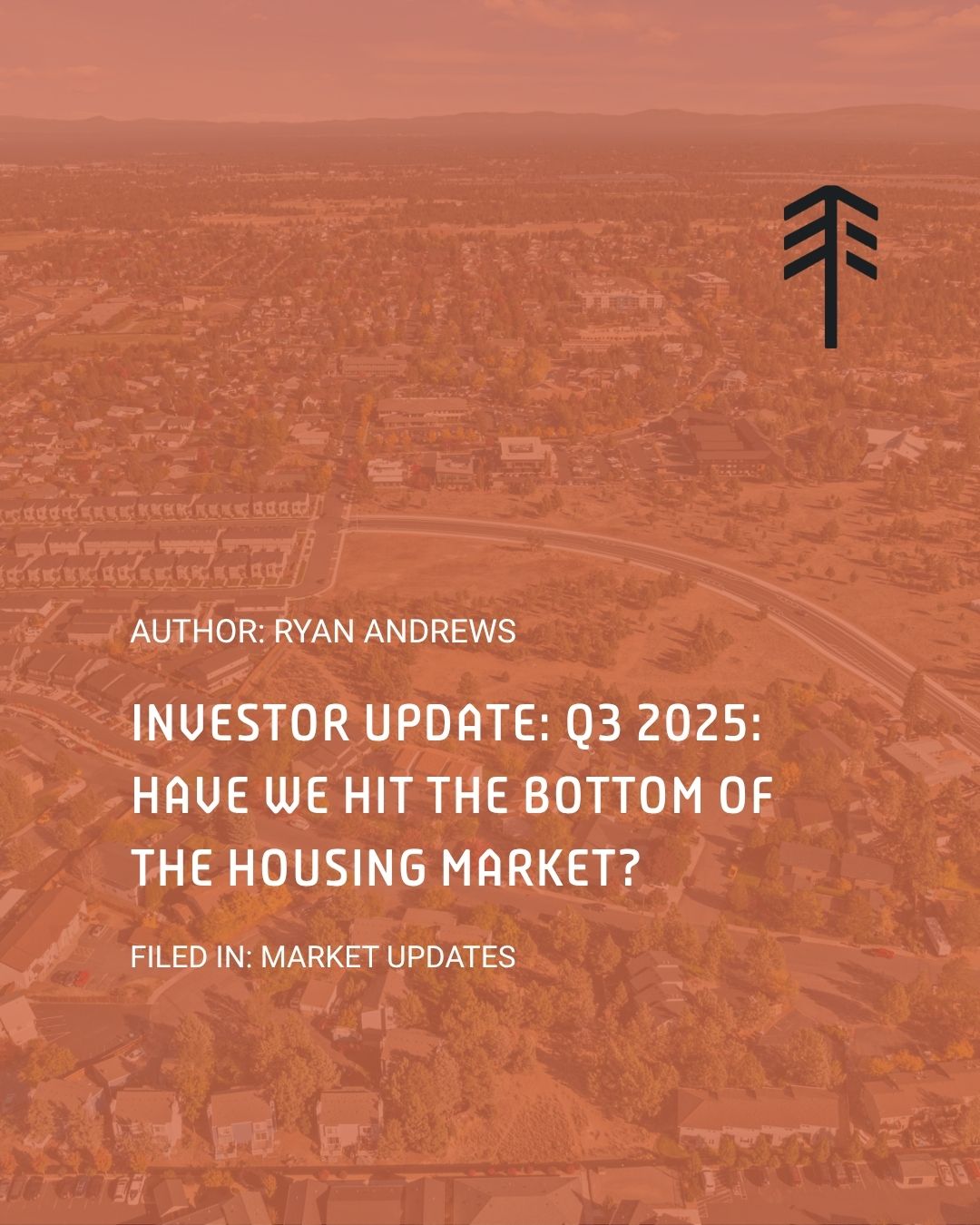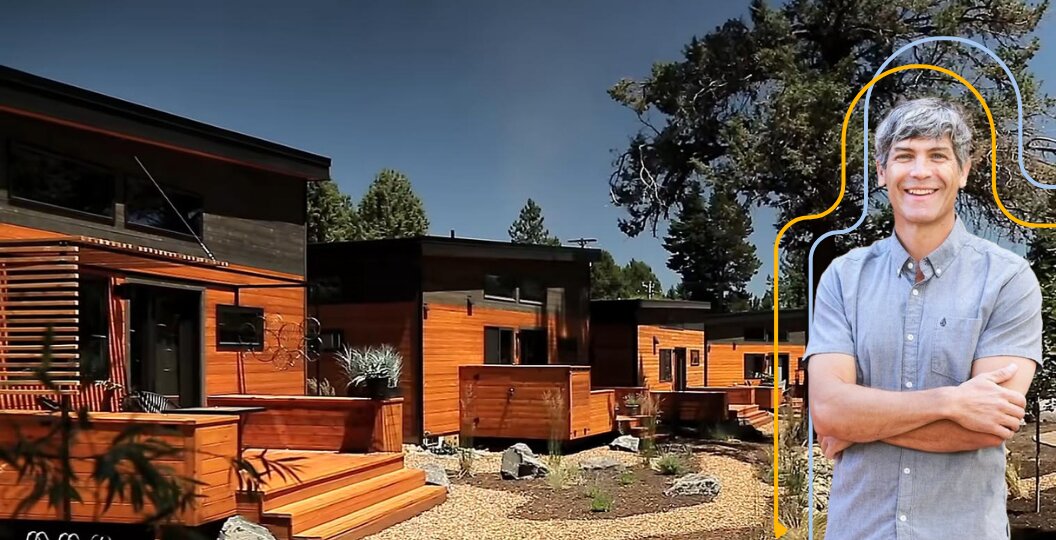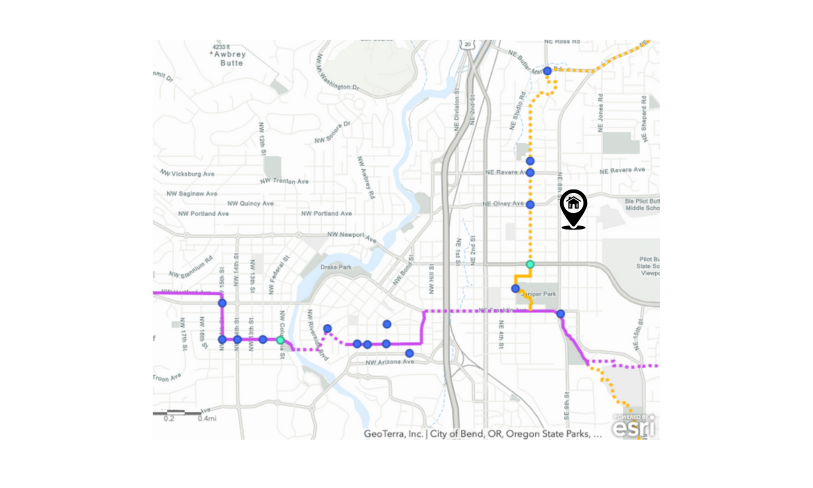At Hiatus Homes, we’ve spent years evaluating land for development, and if there’s one thing we’ve learned, it’s this: not every piece of land is as buildable as it looks. Just because a property is for sale doesn’t mean you can – or should – develop it.
Understanding land feasibility is the difference between a successful project and a financial disaster. It’s why we’ve developed a structured process that helps us and our clients determine if a site is worth the investment. Curious how we do it? Let’s break it down, step by step, with real-world examples from our own developments.
Zoning & Land Use – Do the Rules Allow It?
The first and most important question is: what does the zoning allow? Every city and county has strict regulations on what can and can’t be built in different areas. When we started Hiatus, we wanted to put four tiny houses on wheels on a residential lot in Bend. The idea made sense, but the city shut it down. At the time, tiny homes weren’t recognized as permanent dwellings, and under local zoning, the residential designation wouldn’t allow that many units on a single lot.
In 2015, Bend adopted its first iteration of the cottage code, allowing for small clustered homes on shared land. This paved the way for Hiatus Benham, our first development and flagship community, and ultimately shaped the way we approach small-scale housing today. We’ve since navigated other zoning codes, including the small unit development code, which allowed us to reduce the width of a residential lot and a micro-apartment code, which allows us to develop a high-density, small-unit project. This flexibility has been crucial in creating more compact, walkable communities that prioritize good design as much as livability.
If existing zoning doesn’t allow what you want, you have two options: build within the current rules, which is faster but sometimes limiting, or apply for a variance or zoning change, which provides more flexibility but can be time-consuming. Before buying land, it’s critical to ask whether the zoning aligns with your vision or if you’ll need to fight for changes.
Utilities & Infrastructure – Can You Get Water, Sewer, and Power?
Let’s assume the zoning works, but a project still isn’t feasible without utilities. Every build needs access to water, sewer or septic, electricity, and in most scenarios, internet. For one of the projects we explored, we found a prime location: great market, good zoning, perfect for a small home community. But there was a catch – the nearest sewer connection was over 1,000 feet away. Extending it would cost hundreds of thousands of dollars, making the project financially unrealistic.
At that point, we had two choices: invest heavily in infrastructure or walk away and find a site with utilities closer in. This is why verifying utility access early is so important. Working with an experienced team and getting accurate quotes upfront can be the difference between pursuing a feasible project, or realizing too late that it just won’t pencil.

Environmental Constraints – Is the Land Buildable?
Some land looks perfect until you dig into environmental issues. Problems we’ve encountered include steep slopes that require expensive grading, flood zones that limit buildable areas and increase insurance costs, and tree preservation rules that can cost thousands in fee-in-lieu charges.
One property we are currently evaluating has great zoning and utilities but is partially in a floodplain. As part of our feasibility study, we are exploring options like putting cottages on stilts, having movable units, or adding RV hookups to accommodate seasonal flooding risks. Whether or not the project moves forward will depend on whether these solutions make financial and regulatory sense. Identifying these constraints early allows us to make informed decisions about whether to proceed, modify the design, or walk away. Checking flood maps, environmental restrictions, and topographic challenges before purchasing land is an essential step in preventing costly surprises later.
Market Demand – Can You Sell or Rent What You Build?
Even if the land is technically buildable, the next question is whether people will actually buy or rent the homes. For a project we were considering in La Pine, the zoning, utilities, and environmental conditions all checked out. But after analyzing the market, we realized that many buyers in that area were looking for homes with large garages for RV storage – something we don’t build.
We could have pushed forward anyway, but knowing the market helped us make an informed decision that this wasn’t the right fit for Hiatus. If there isn’t clear demand for the type of housing being built, a project might not succeed, even if every other factor is in place.
Financial Viability – Does the Math Work?
At the end of the day, land feasibility comes down to numbers. For every project, we create a pro forma – a financial model that compares land cost, development expenses like construction, permits, and infrastructure, and projected revenue from home sales or rental income.
One property we evaluated looked great – until we ran the numbers. The density required to make the project financially viable was so high that it wasn’t livable by Hiatus standards. We weren’t willing to sacrifice quality, so we walked away.
Before buying land, it’s essential to run the numbers. If the budget doesn’t work, no amount of wishful thinking will change that.
Final Takeaway: Feasibility First, Everything Else Second
Before committing to a piece of land, it’s important to evaluate zoning, utilities, environmental constraints, market demand, and financial viability. If one or more of these factors doesn’t check out, the land might not be a good investment – or it may require a different strategy.
At Hiatus Homes, we specialize in feasibility studies to help developers, investors, and homeowners make informed decisions before breaking ground. If you’re considering a project, let’s talk feasibility first.

